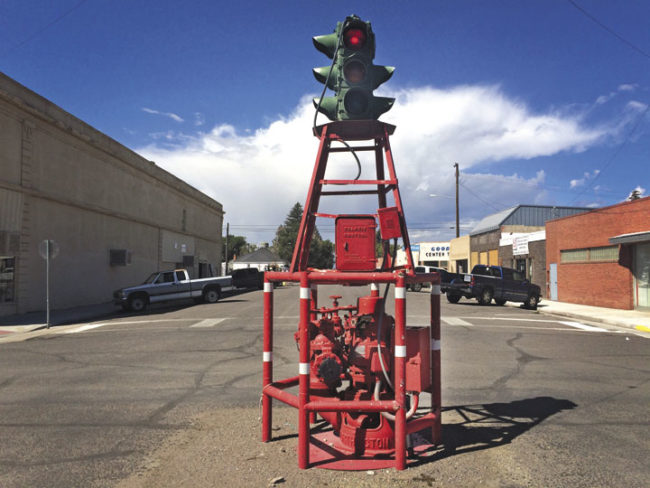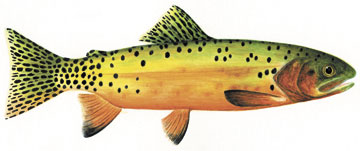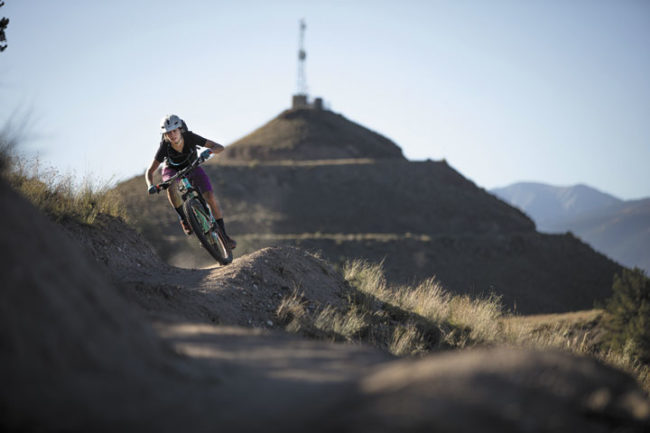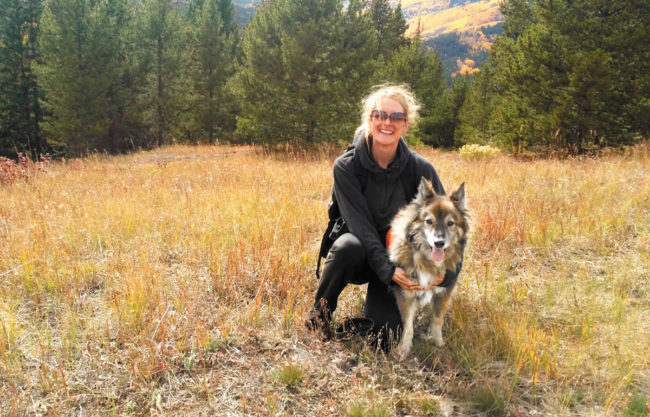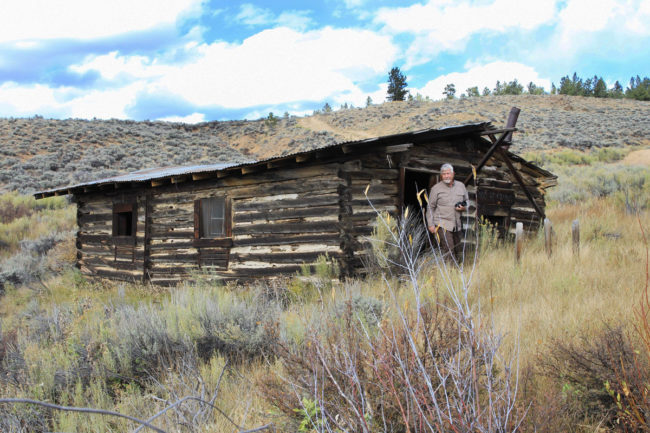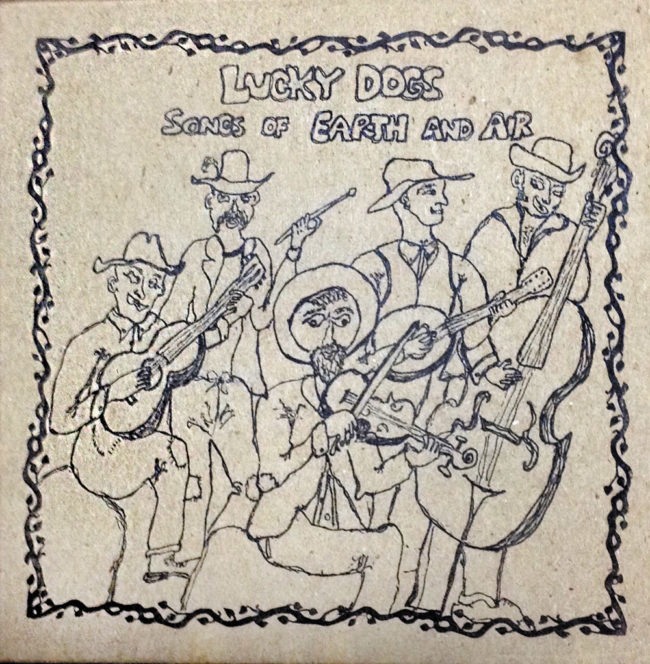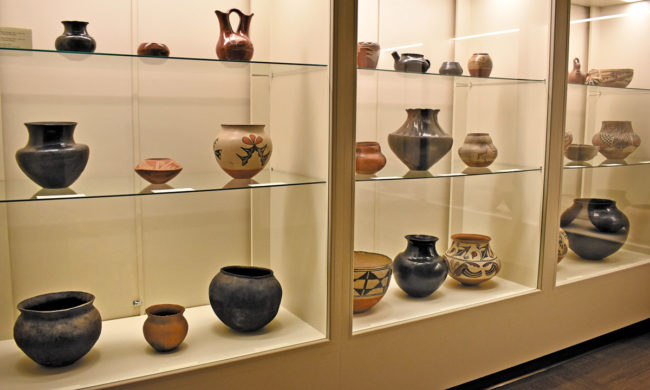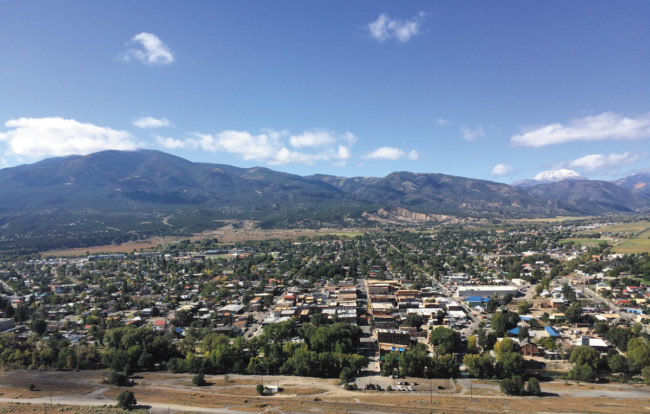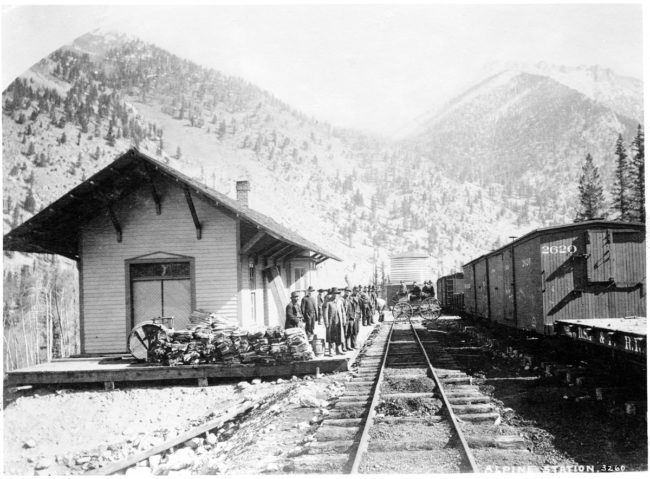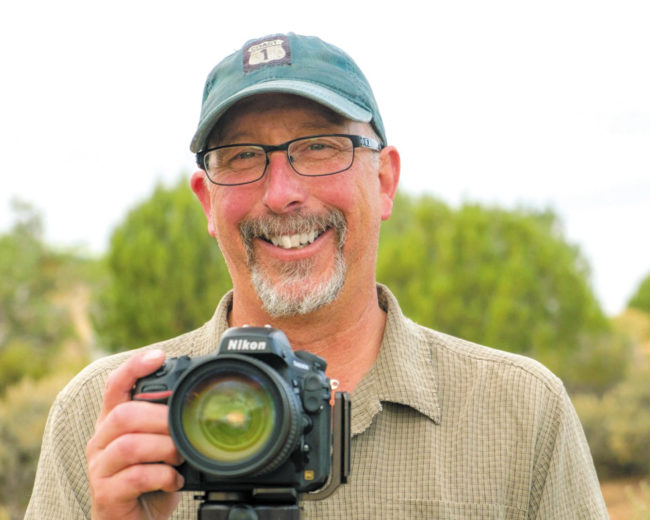By Anthony Guerrero
There is a small town in the center of the San Luis Valley and its location has gifted it with the name Center, Colorado. It is also not uncommon to hear the Spanish pronunciation, Centro since it is populated by a very large Hispanic and immigrant population.
Center was incorporated on January 19, 1907. It has a population of 2,271 as of the 2012 census. That population generally swells by an additional 800 to 1,000 in the summer months due to migrant farmworkers. Close to 90 percent of residents are of Latino descent and a little over 10 percent are Caucasian.
Center resides primarily in Saguache County, and interestingly enough, a small portion, south of Colo. Highway 112 is located in Rio Grande County.
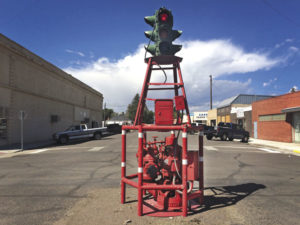
The town is easily identified by the large water tower displaying its name hovering over, letting every visitor know where they are.
Center is not really a tourist destination although there are great opportunities to experience regional culture. The town is mostly the home to hard-working families who help sustain the San Luis Valley’s lifeblood, the agricultural industry.
It is home to one bank, one school, a post office, a dance hall, the preferred Catholic church among other denominations, a popular Alta Convenience gas station, two parks, a few other businesses and multiple restaurants.

